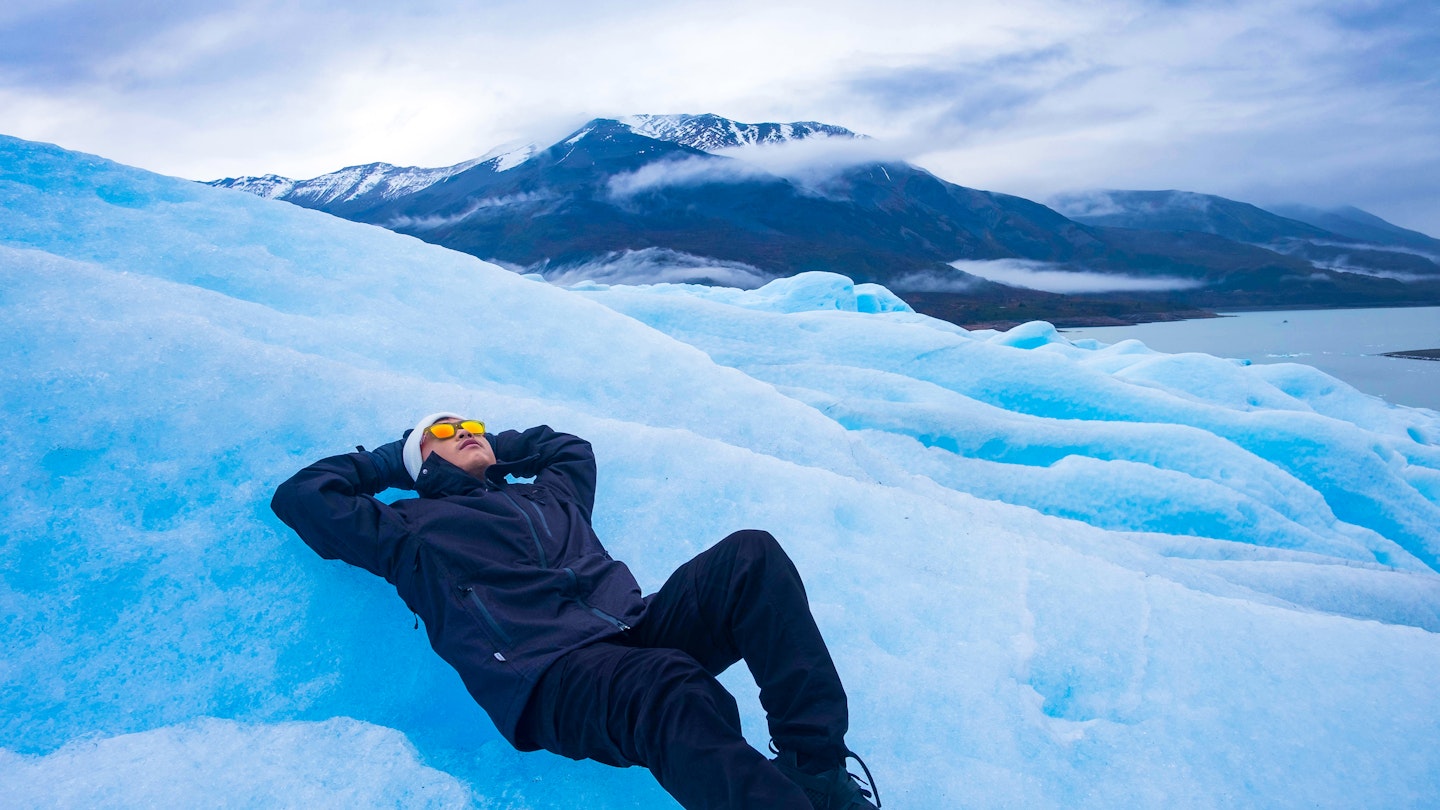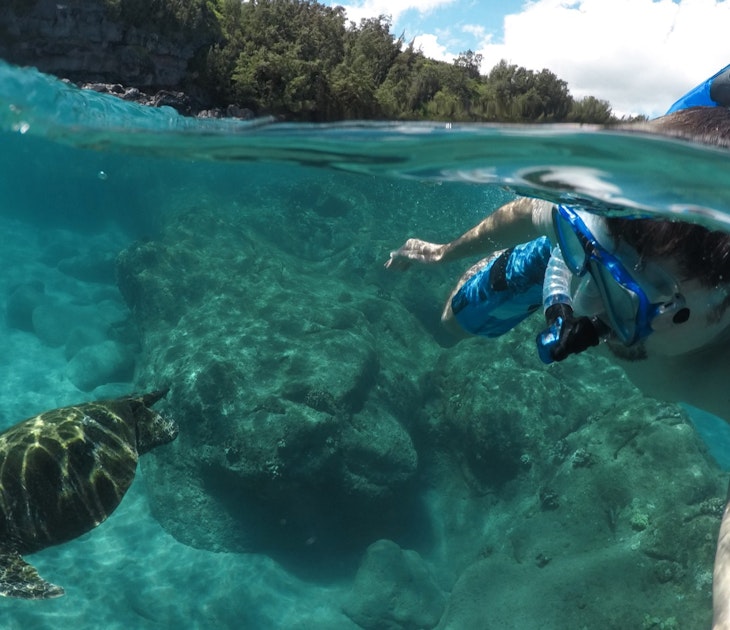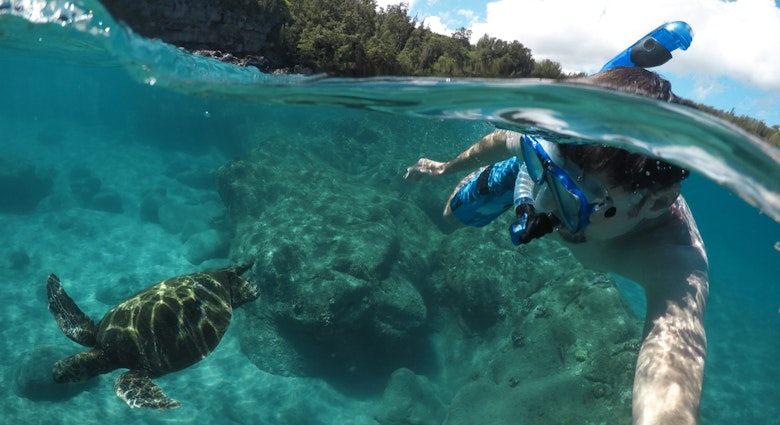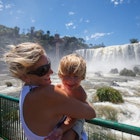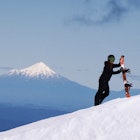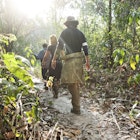From horse riding in the Pampas and whale watching off Patagonia to sultry tangos in Buenos Aires and treks across the Andes, Argentina offers an incredible range of activities and adventures for those ready to explore this spirited South American nation.
Whether you’re an outdoors addict or a city slicker, this marvelous country has you covered. You can roll like a gaucho (horseback cowboy) in rustling grasslands, hike on the shoulders of towering mountain peaks, parley with penguins, watch a symphony in water as Iguazú Falls thunders into the valley below, or feel the roar of the crowd hit you like a freight train at a football match in Buenos Aires.
With so many options in such a vast country, it can be tough to know where to start – and whether you’re a first-timer or a repeat visitor, there’s always more to see. To get you started, here’s our guide to some of the best things to do in Argentina.

1. Watch a fútbol match in Buenos Aires
Few experiences offer a deeper insight into the Argentine psyche than attending a fútbol (soccer) match.
At these events, Buenos Aires stadiums such as Boca Juniors’ La Bombonera (“The Chocolate Box”) and River Plate’s looming El Monumental become sites of raucous cacophony as tens of thousands of supporters sing, chant, shout, groan and celebrate in unison. At times, a match feels less like a sport and more like a religion.
Tickets are relatively easy to come by in the capital, where most teams are based, with seats cheaper than for equivalent sporting events in North America or Europe. If you manage to tear yourself away from the action on the terraces, you may spot the next up-and-coming Argentinian superstar having their debut on the pitch.
Planning tip: Although you can go to a match independently, local travel agencies offer guided tours for the uninitiated. Ask around for options during the Primera División season, from January or February until May, and August until December.

2. Experience the spectacle of Iguazú Falls
A UNESCO World Heritage Site shared between Argentina and Brazil, this mighty system of waterfalls is one of the top tourist attractions for visitors to both countries – and for good reason.
Despite the crowds, it’s impossible not to be awed by the sheer scale and power of the Río Iguazú as it splits into myriad cascades that charge over a plateau fringed by patches of emerald-green rainforest humming with life.
A series of trails, boardwalks, viewpoints and boat trips allow you to get remarkably close to the action. Expect to get wet at some point – an essential part of the fun.
Planning tip: With border crossings conveniently close to the falls, it’s easy to see this stunning spectacle from both sides in one visit. Check in advance whether you need a tourist visa for Brazil.
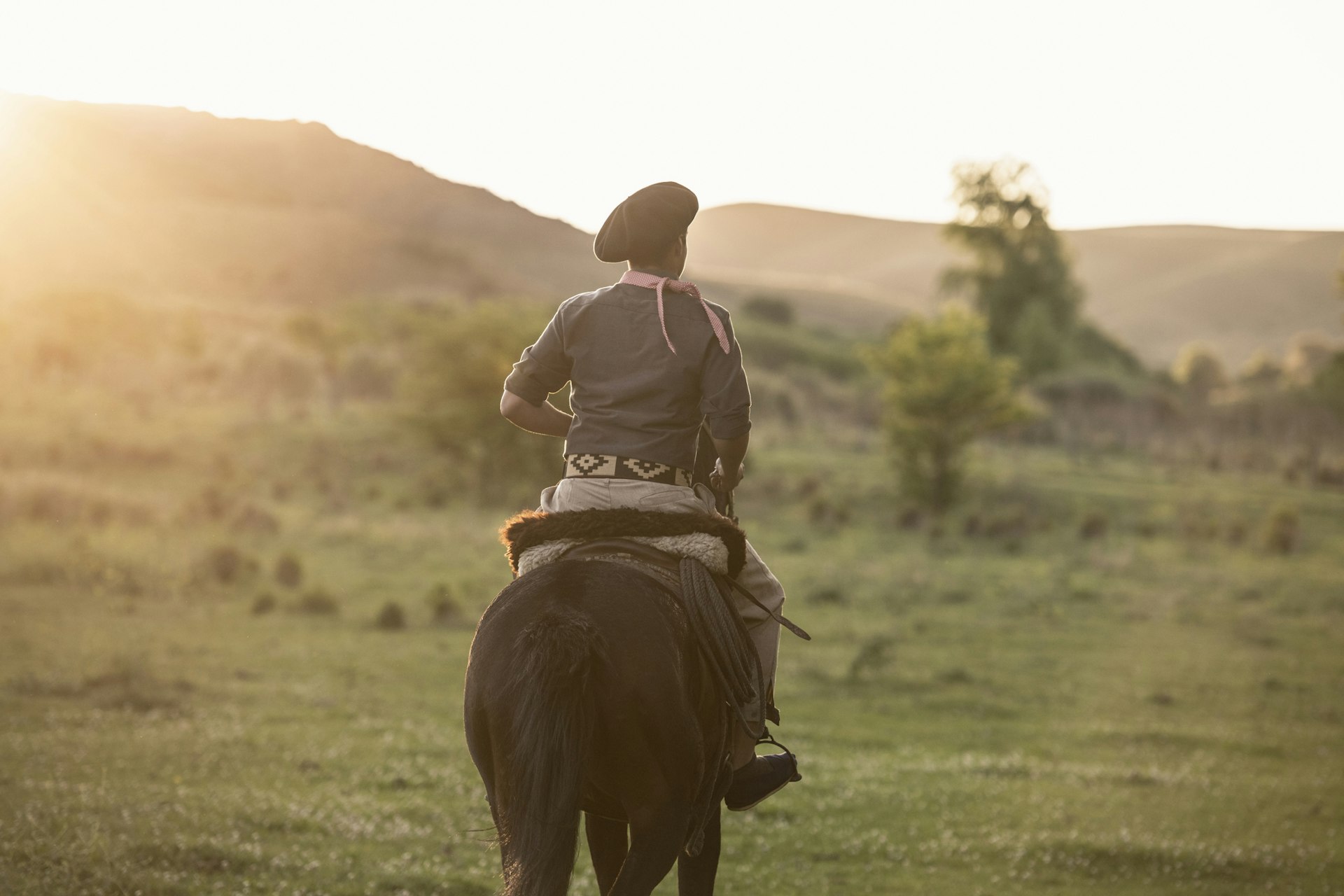
3. Ride like a gaucho across the Pampas
In the 19th and early 20th centuries, cattle ranching transformed Argentina’s economy and landscape. The heartland of the industry remains the Pampas, a vast, flat area of grassland that covers much of the center of the country. Today, many working estancias (ranches) in the region throw open their doors to visitors.
You can stay in beautiful – sometimes luxurious – farmhouses, enjoying hearty Argentinian food and trying your hand at everything from milking to polo.
The highlight of any trip here is the chance to go horseback riding with the gauchos (cowboys), who hold a romantic, semi-mythologized place in Argentina’s history and national identity.
4. Chow down at an Argentinian asado (barbecue)
As one of the largest cattle-farming nations on the planet, Argentina is synonymous with world-class beef, and you can enjoy juicy, well-marbled, full-flavored and expertly cooked steaks at countless parrillas (steakhouses) across the country.
Red meat here is available in a bewildering array of cuts, and you’ll soon learn to tell your bife ancho (ribeye) from your bife angosto (striploin).
The best way to sample Argentinian choice cuts is at a traditional asado (barbecue), especially at an estancia, or (even better) at an Argentinian family home on a Sunday afternoon – if you can score an invite, that is. You’ll quickly understand why the Argentines are some of the biggest consumers of beef on the planet.
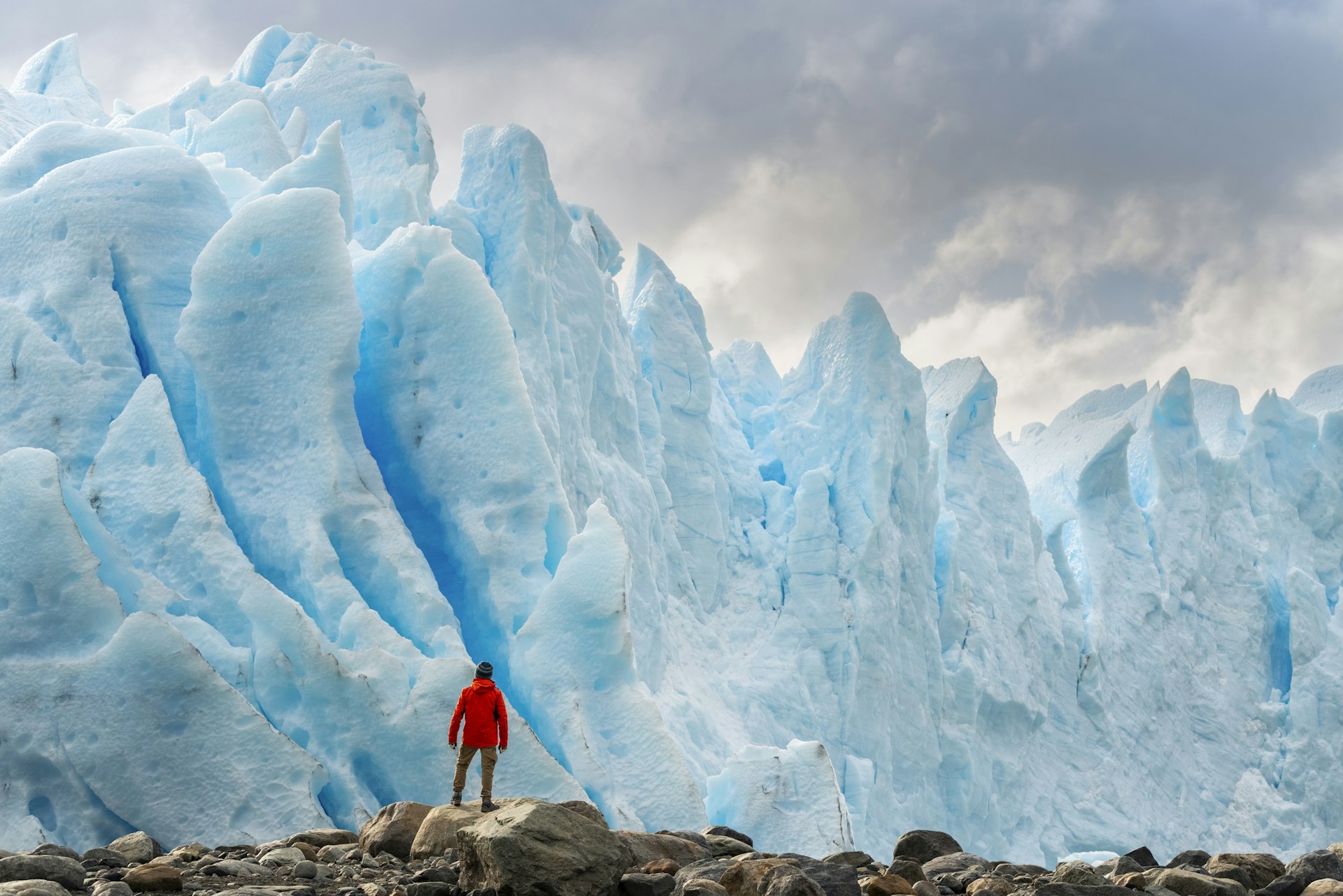
5. Watch icebergs calve from glaciers in Patagonia
Close to the border with Chile in southwest Patagonia, awesome Parque Nacional Los Glaciares protects a huge swathe of the continent’s biggest ice field, the Campo de Hielo Patagónico Sur. As you might expect, this is one of the top places in the world to get close to a glacier.
A haven for trekkers and climbers, the park has as its highlight the immense Glaciar Perito Moreno, a 30km (18.6-mile) wall of ice that juts out into iceberg-dotted Lago Argentino.
Periodically, large chunks of the glacier calve off the edge with a roar and plunge into the waters below, creating a new set of bergs.
Planning tip: You can observe calving icebergs from a series of viewpoints linked by steel catwalks. The best season to visit is November to March; afternoons often bring audible cracks echoing across the glacier.
Explore Patagonia effortlessly with GetYourGuide. Book your tour today.
6. Go whale watching in Península Valdés
Reserva Faunística Península Valdés in northeast Patagonia teems with life. The waters offshore are an important breeding ground for southern right whales, who migrate here in their thousands every year. These graceful cetaceans – who have a lifespan of up to 100 years – can be viewed up close on whale-spotting safaris and even from the shoreline.
Landside, colonies of lumbering elephant seals and playful sea lions populate Península Valdés’ beaches, sometimes menaced by stealthy orcas who swim remarkably close to the shore in search of prey. Getting close – but not too close – is part of the thrill of visiting this rugged peninsula.
Planning tip: The best months for whale watching are August to October – though this is also the busiest season for tourism, with prices to match. Whales can be seen from June to December, so consider a visit in the shoulder season.
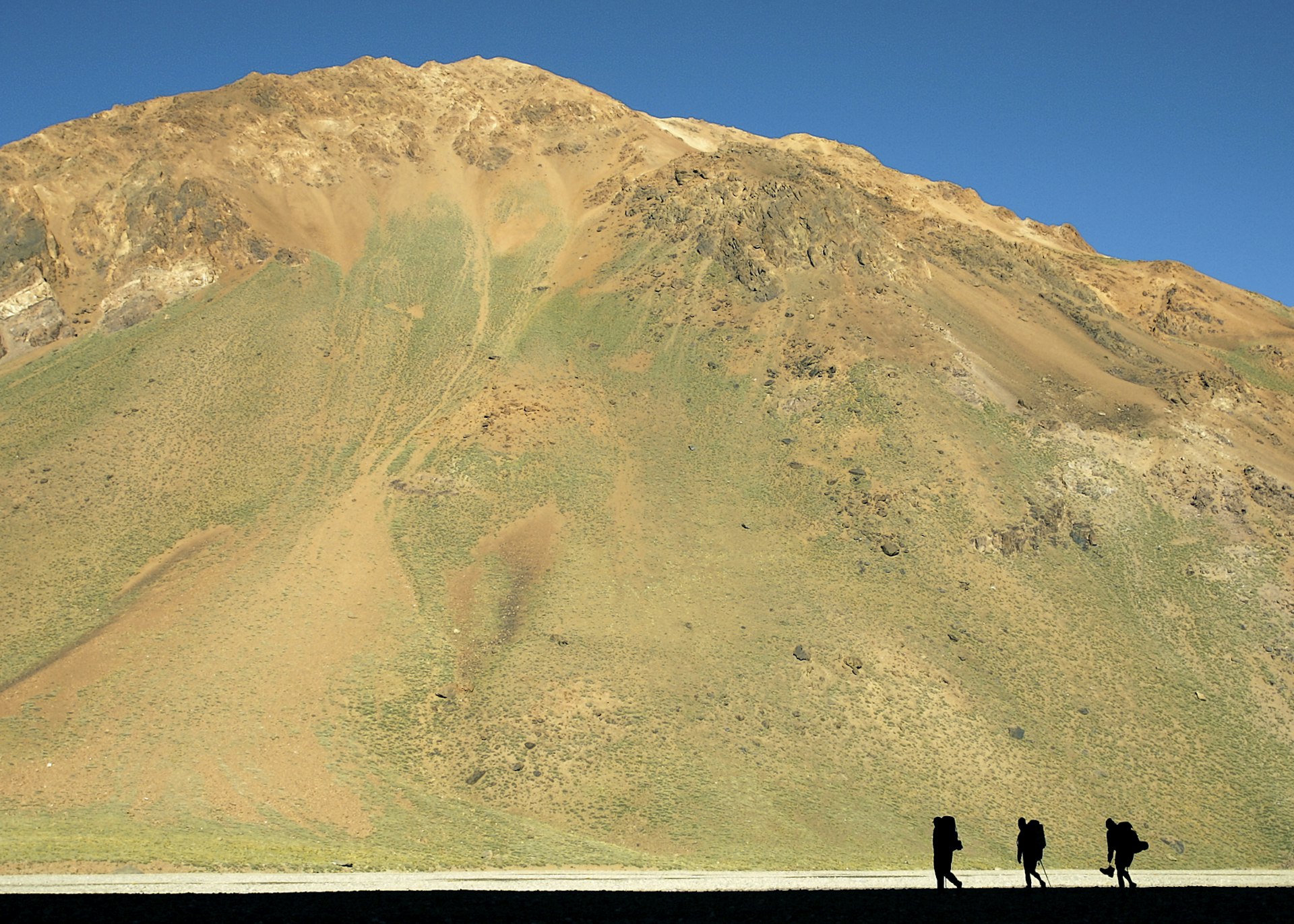
7. Climb to the snowy summit of sacred Cerro Aconcagua
Towering 6962m (22,841ft) above Argentina, Cerro Aconcagua is the tallest mountain in the Southern and Western hemispheres. Close to the city of Mendoza and surrounded by the Parque Provincial Aconcagua, this snow-topped volcanic peak was sacred to the Inca and pre-Inca cultures, who used it as a funerary site for centuries.
Today, the ice-capped summit of Aconcagua draws mountaineers and trekkers from around the world. Even if you don’t have technical climbing skills, you can still take part in a tough but rewarding guided expedition up the Northwest (or “normal”) route to the summit.
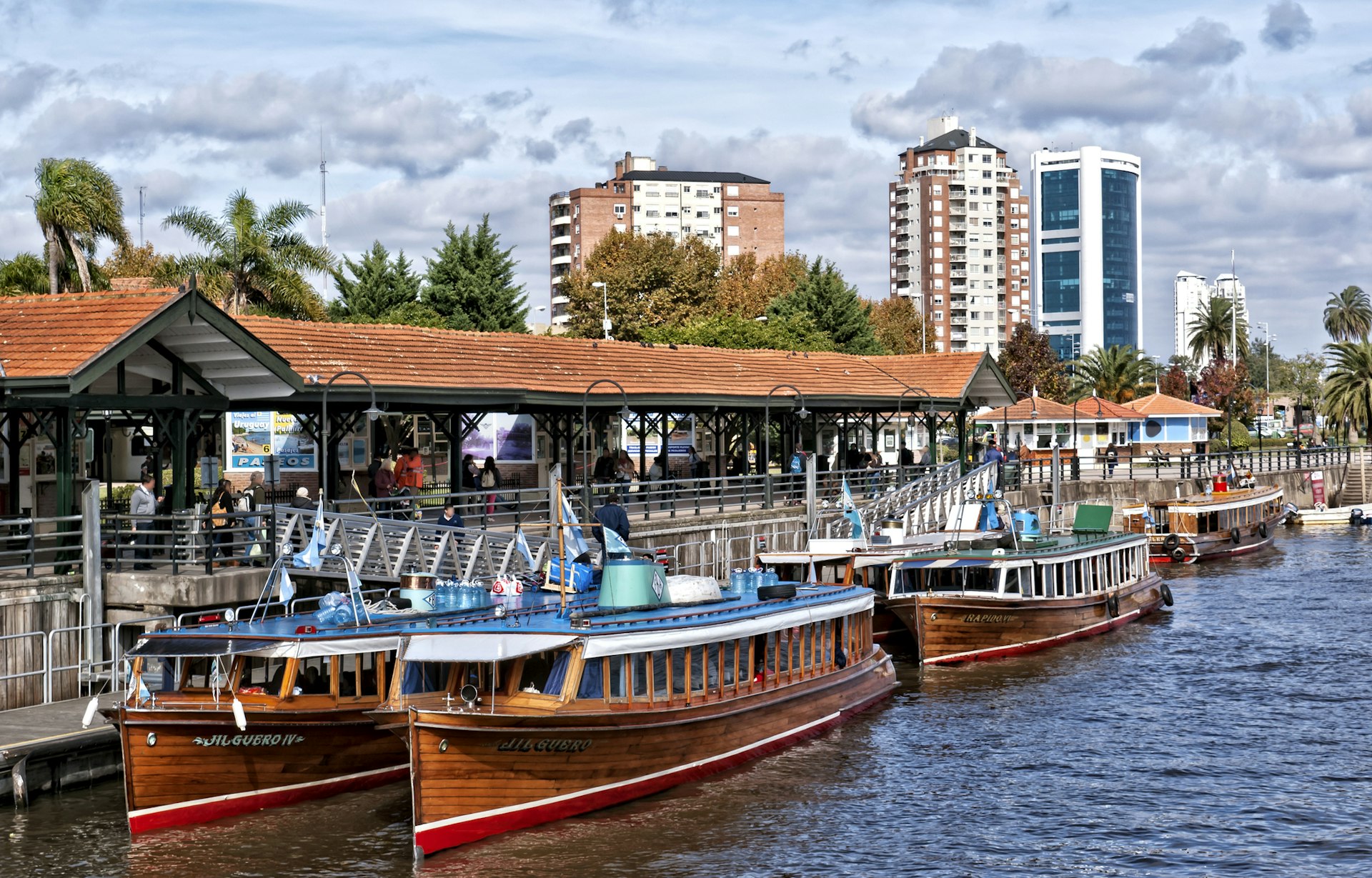
8. Navigate the winding waterways of the Paraná Delta
A short ride on the scenic Tren de la Costa (Coastal Train) whisks you from the heart of Buenos Aires to the laidback island town of Tigre, the gateway to the Paraná Delta.
This maze of meandering coffee-colored waterways and forested islands is the third-largest river delta in the world, and it holds the promise of thrilling journeys by boat, canoe, or kayak.
Before long, you’ll leave Tigre behind and enter a riverine wilderness, dotted with tranquil guesthouses and resorts offering swimming, hiking and trips to spot the abundant wildlife of the delta, including capybaras, crab-eating foxes and abundant birds. There are few better places in Argentina to get away from it all.
Planning tip: If you don't feel like going it alone, it’s easy to arrange day trips to the Paraná Delta through tour operators in Buenos Aires.
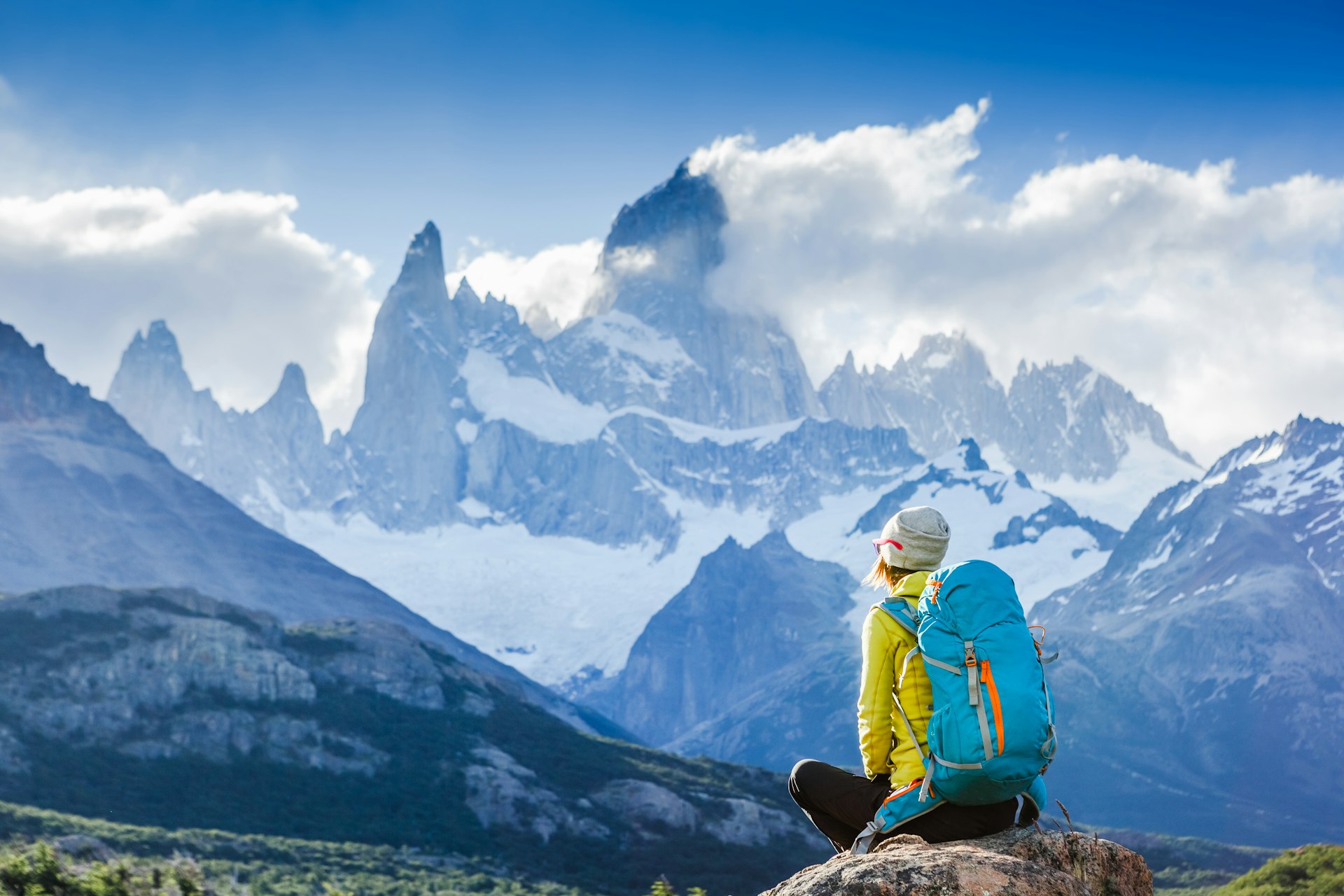
9. Trek through the Andes
From high-altitude deserts in the north to subpolar tundra in the south, the Argentinian section of the Andes mountain range offers some of the best hiking on Earth.
The national parks in the Argentinian Lake District, Patagonia and the far south – Nahuel Huapi, Los Glaciares and Tierra del Fuego – are particularly enjoyable places to explore on foot.
These stunning wild areas have trails suitable for day hikes, overnight treks and multiday adventures, and many can be tackled without a guide.
There are also plenty of well-tended campsites and lodges known as refugios, meaning lots of options for independent travelers. The towns of El Calafate and El Chaltén in Patagonia are the most popular trekking hubs.
Planning tip: Note that Argentina’s refugios and campsites can get busy in the Argentine summer. Book ahead – or else come in the cool but beautiful fall months or the windy springtime for quieter trails and easier bookings.
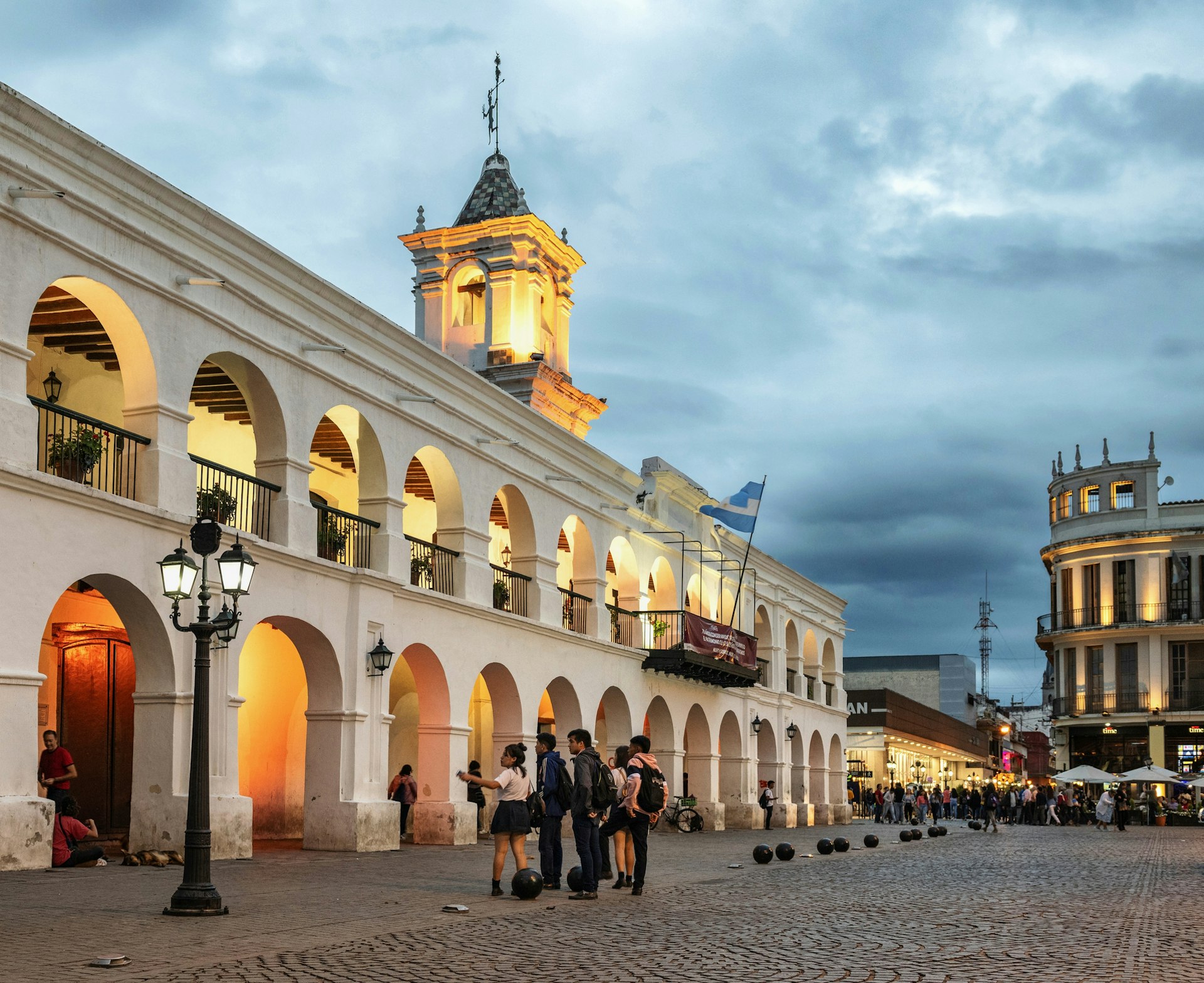
10. Chill out in historic Salta
Famed for its historic architecture, thriving folk-music scene and interesting museums, galleries and cultural centers, the city of Salta has long been a favorite stop for travelers to Argentina.
The center of Salta is easy to explore on foot, with a relaxed vibe and a wide choice of excellent restaurants, cafes, bars and laid-back places to stay.
Located in the Andean northwest, the city is also the jump-off point for trips into the gloriously rugged landscapes of the surrounding Salta and Jujuy provinces, and wine-quaffing trips to Cafayate. On any long trip to Argentina, consider a few days here to recharge after more rugged adventures.

11. Go wine tasting in Mendoza
Centered in the cosmopolitan city of the same name in midwestern Argentina, Mendoza is the biggest wine-producing area in the country. The vineyards that blanket the region are famous for their rich and fruity malbecs, and many offer accommodations, tours and tastings.
In March, the city of Mendoza stages the Fiesta Nacional de la Vendimia, a week-long, carnival-like celebration of the annual grape harvest. Some wine producers allow visitors to participate in the harvest – a great way to connect with local wine culture.
Planning tip: The Mendoza wine region is made of three subregions – the Maipu Valley, Lujan de Cuyo, and Uco Valley – each with its own special character. Base yourself in Mendoza City for easy exploring.

12. Learn to tango in Buenos Aires
Go on: you know you want to. Originating in Buenos Aires in the late 19th century and blending European, African and South American influences, the tango is sultry, romantic, dramatic and quintessentially Argentine. Watching a local tango gathering at a venue such as Villa Malcolm or Milonga La Glorieta is a powerful experience.
However, it’s highly advisable to learn the basics before throwing yourself onto the dance floor. Fortunately, Buenos Aires offers numerous classes with English-language instruction aimed at travelers.
Once you’ve picked up some key steps you can head to a milonga, a public tango dance event held in a range of venues, from converted warehouses to moody basement bars.

13. Go birdwatching in the Iberá wetlands
Spanning more than 1950 sq km (753 sq miles) of Corrientes province, Parque Esteros del Iberá protects one of the largest freshwater wetlands on the planet.
Recently expanded thanks to a large donation of land from a conservation foundation, this labyrinth of channels, lagoons and islands is home to more than 360 species of birds, including roseate spoonbills, jabiru storks, kingfishers and flightless, pheasant-like tinamous.
Slow boat trips along the reed-lined waterways enable you to get close-up sightings of the park’s prolific avian life, as well as its multitude of mammals, from capybaras to capuchin monkeys.
Planning tip: Reach Parque Esteros del Iberá from the village of Colonia Carlos Pellegrini. You can get here via Posadas or Mercedes; if you book a local tour, they’ll often pick you up from either city.
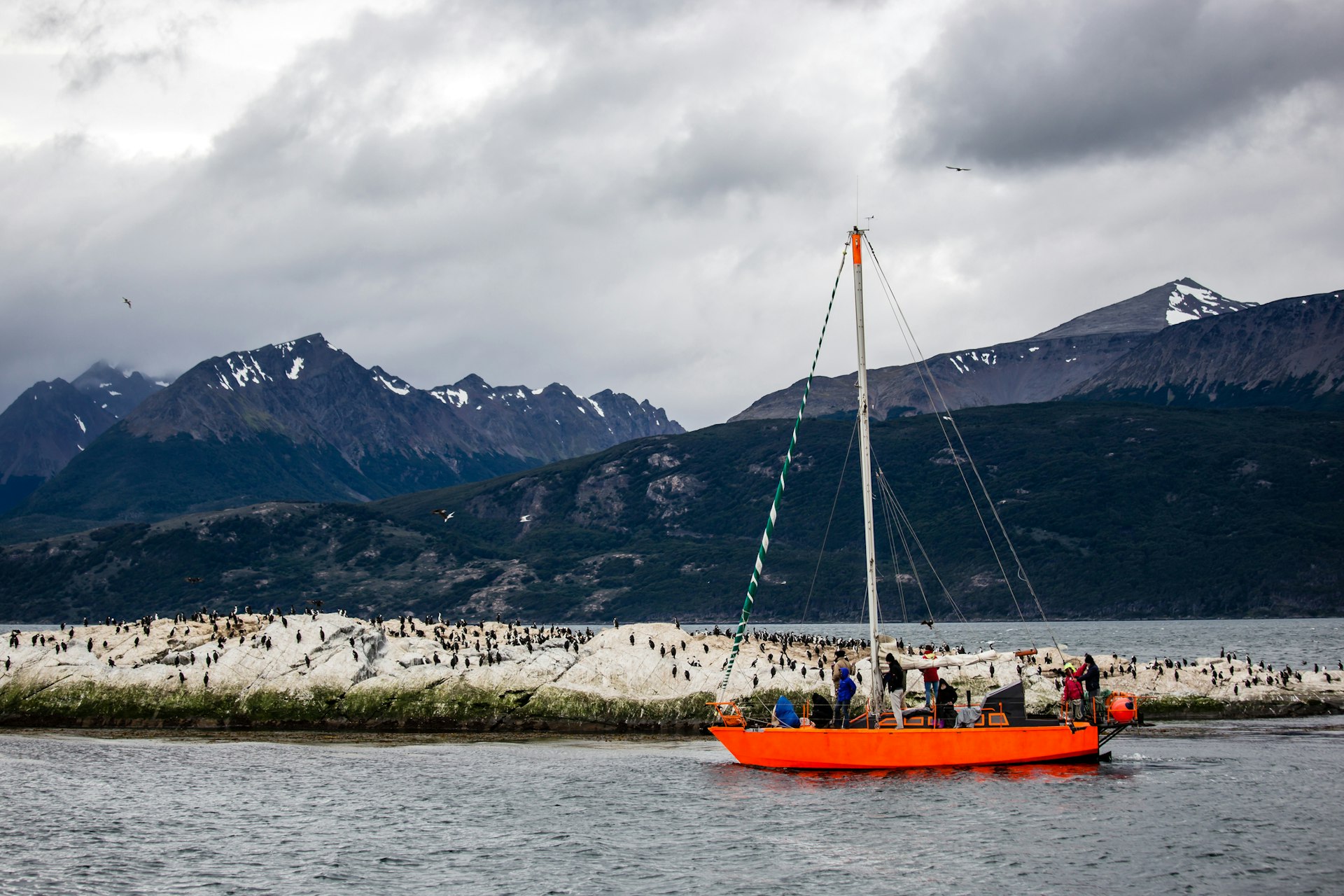
14. Sail along the Beagle Channel
Named after the ship that carried naturalist Charles Darwin on his voyage around South America, the Beagle Channel cuts through Tierra del Fuego, the southernmost part of the continent and one of the most dramatic places on the planet.
Boat trips along this scenic waterway depart from the remote city of Ushuaia, situated on its north shore. These cruises offer superb wildlife-watching opportunities – expect to spot whales, dolphins, sea lions and penguins – along with stunning mountain views.
En route, you’ll stop in at lighthouses and islets dotted with ancient middens (shell mounds) left behind by Tierra del Fuego’s Indigenous inhabitants – a reminder that Argentina was home to diverse tribal groups long before the arrival of the Spanish.
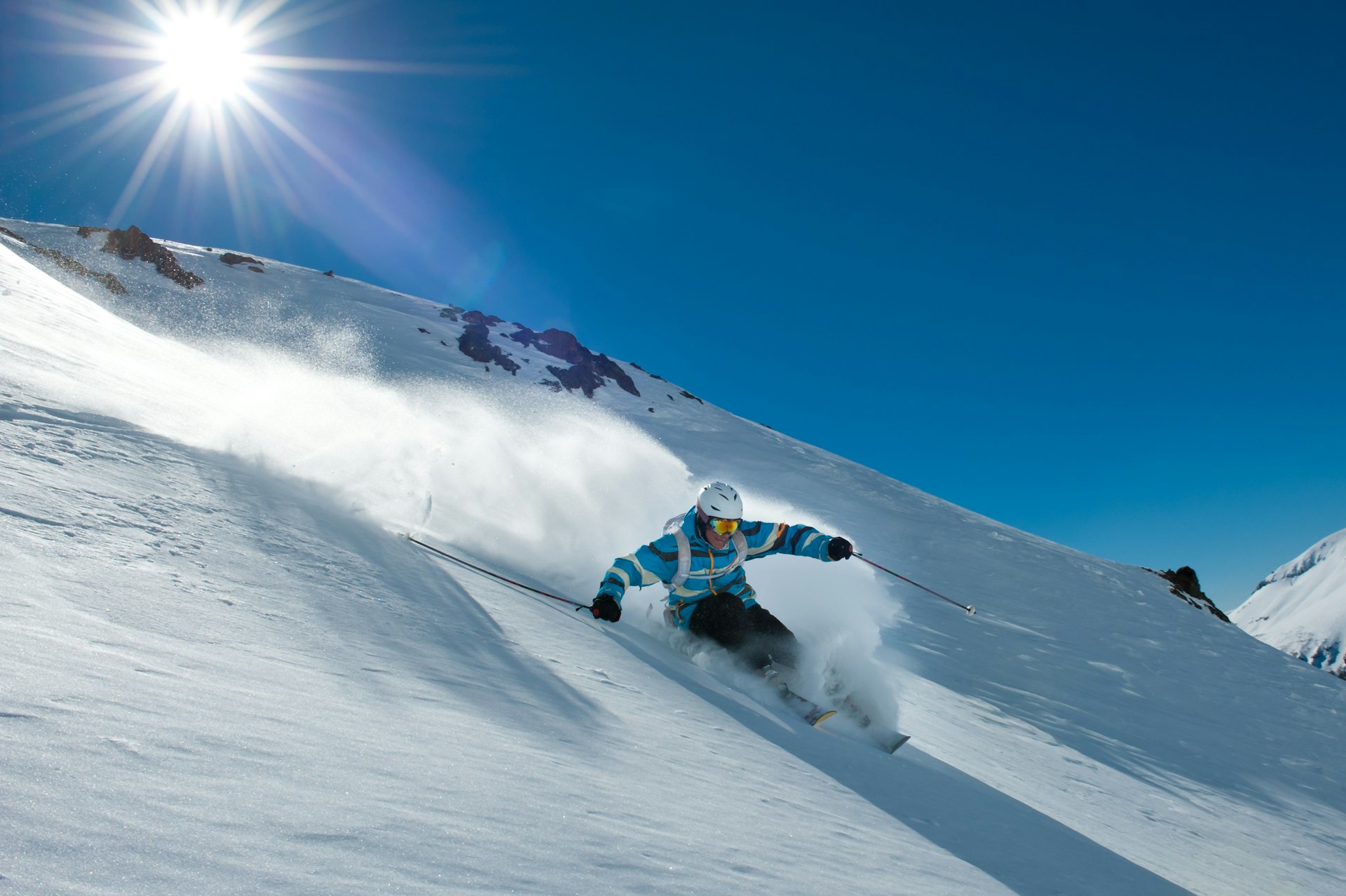
15. Ski powder in the Lake District
Between June and September, Nahuel Huapi – Argentina’s largest national park – transforms into a playground for winter sports enthusiasts. The towering peaks that overlook the lakeside city of Bariloche attract skiers and snowboarders from across South America and beyond.
Here, there are slopes for novices and experts alike – with equipment rentals, lift passes and classes all significantly cheaper than in the US or Europe. Adding to the fun, Bariloche’s cozy, alpine-style restaurants and pubs are perfect for après-ski.
Planning tip: It’s easy (if far) to reach Bariloche from Buenos Aires. Flying will save you time, but braving the 23-hour bus ride will leave more money for skiing and unwinding after a day on the slopes.
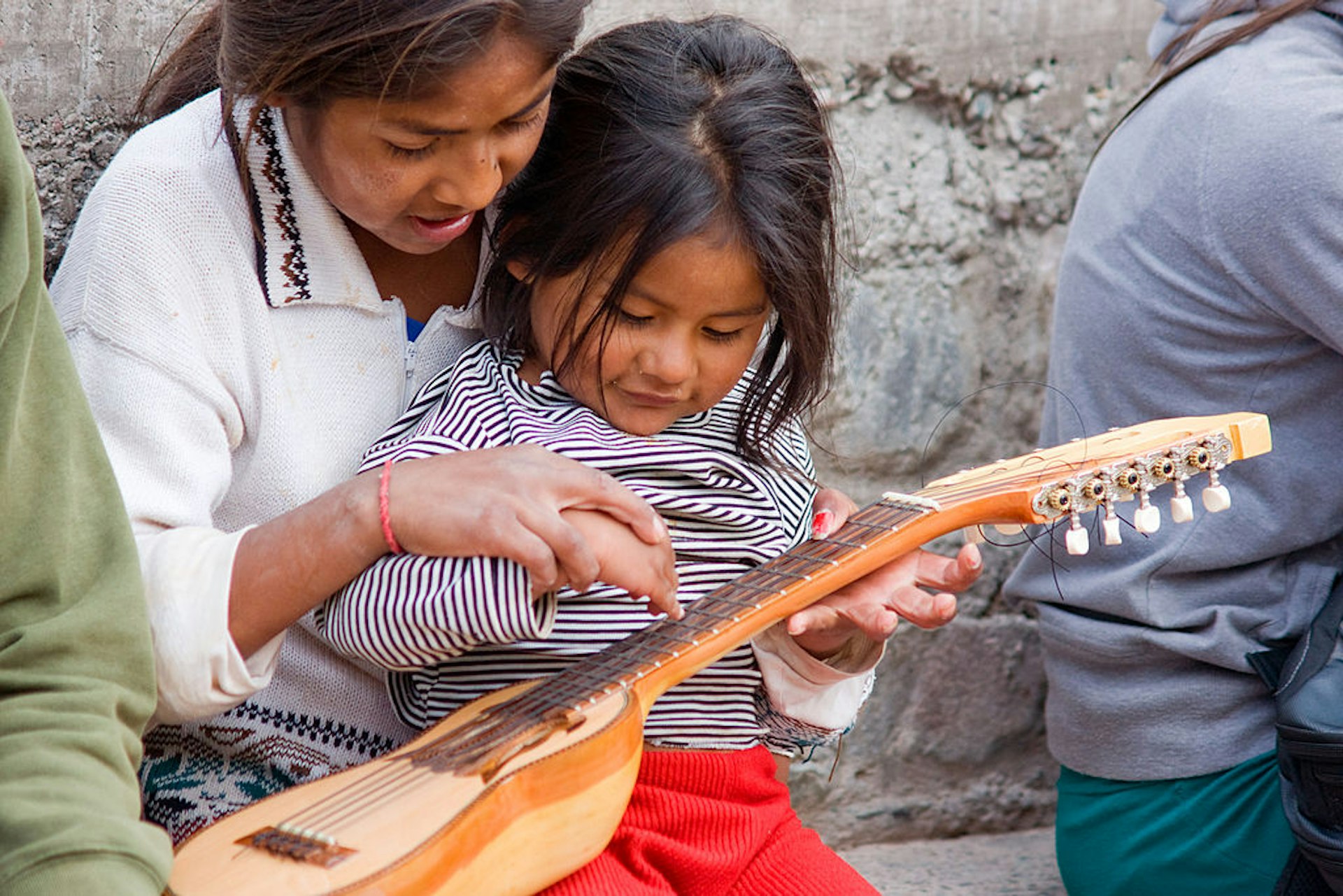
16. Discover Indigenous cultures at Quebrada de Humahuaca
The Quebrada de Humahuaca, a serpentine 155km (96-mile) valley stretching towards the Bolivian border, is an epic landscape of jagged, ochre-colored rock formations, high plateaus, winding rivers and multi-hued mountain slopes.
Beyond its geological features, this UNESCO World Heritage Site in Jujuy province also offers a glimpse of the Indigenous cultures that have occupied this part of the Americas for millennia, in the form of traditional villages, archaeological sites and centuries-old trails laid down by the Inca and their forebears. Exploring by bus will expose you to a different side of Argentina.

